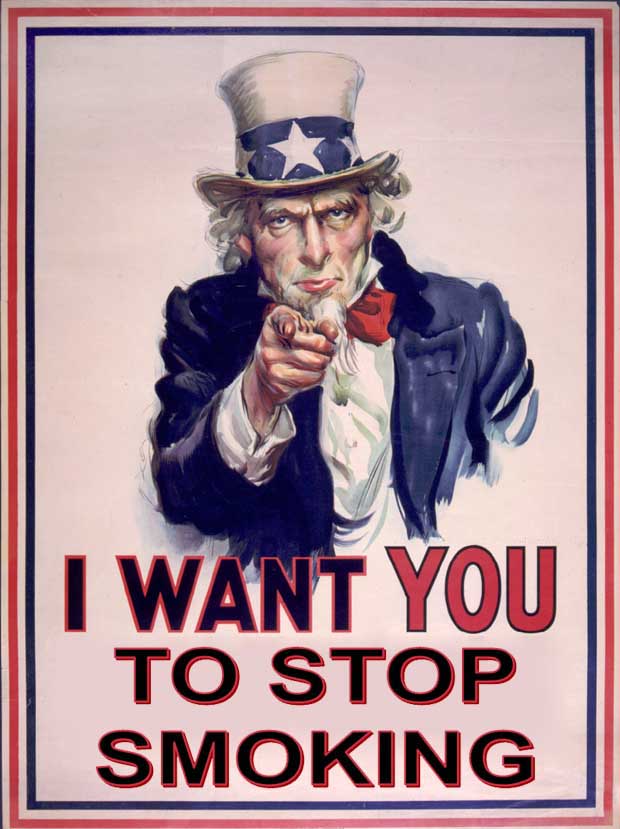The history of tobacco cultivation is thought to have started in Central America around 6000 BC. During this time, the tobacco plant was grown but the actual smoking and chewing of tobacco began about 5000 years later by the Mayan Civilization. They also mixed tobacco leaves with other herbs and plants to create a homeopathic remedy to treat open wounds. As the Mayans matriculated through North and South America, they took their tobacco leaves and plants with them. Tobacco was subsequently discovered hundreds of years later by Europe’s early explorers and was brought back to the new world.
Columbus was probably the first European to see tobacco leaves. Rodrigo de Jerez, another Spanish explorer, observed and documented Cuban natives smoking tobacco. Rodrigo tried smoking and decided to bring tobacco back to his countrymen. Upon his return to Spain, laden with tobacco, Jerez astonished his fellow countrymen by smoking in front of them. Never had they seen a man with smoke coming out of his mouth and nose. It was assumed that he was possessed by the devil and members of the Spanish Inquisition imprisoned him for several years. During his imprisonment, smoking became popular in Spain.
In the 1530's, Europeans began to understand the money making potential in tobacco. They began to colonize areas of the Caribbean and established large tobacco growing farms, from which they exported the tobacco to Europe. It is rumored that Sir Francis Drake was the first to bring tobacco to the UK in 1573. Sir Walter Raleigh later went on to make tobacco smoking popular in the court of Queen Elizabeth I. During the year 1586, Sir Walter Raleigh embarked on a trip to the Americas. Here he met Ralph Lane (Governor of Virginia) who introduced Raleigh to smoking from a clay pipe. A number of colonists who had previously left England to settle in Virginia, returned and introduced the fashion of smoking clay pipes into English society. Pipe smoking gradually became popular in several other European countries, including Spain and France.
At the beginning of the 17th Century, tobacco became a regular import into the United Kingdom. By the turn of the century, approximately 38 million pounds were being imported and competitive marketing of tobacco production began on a large scale. Snuff became popular in London during the 17th Century and later smoking cigars. It wasn't until the mid 1800's that the cigarette as we know it was manufactured.
With more advanced technology came the invention of the cigarette making machine which allowed 200 cigarettes a minute to be produced. As cigarettes were mass-produced, they became more easily available and affordable and smoking was now available to a wider range of people. Soldiers were the first group to become addicted to cigarettes as the military gave them out during long periods of inactivity to keep up their spirits and stave off boredom. At the start of the Second World War, President Roosevelt made tobacco a protected crop. There were shortages of tobacco in America and England, as cigarettes were being sent overseas to troops fighting in the war.
It was during this time that cigarette smoking became immensely popular. After the war, soldiers went home and introduced cigarettes to their families. At this point, medical research on smoking in its infancy. It wasn't until the 1950's that the link between smoking and lung cancer were reported. By this time, tobacco companies had become multi million dollar industries and couldn’t afford bad publicity. In 1964, the US Surgeon General reported that smoking cigarettes caused lung cancer. Afterwards, advertising for tobacco on television and radio was banned and tobacco companies were forced to print health warnings on the cigarette packs.
In 1973, the US placed the first restrictions on smoking in public places. All airlines were required to have separate smoking and non-smoking areas on planes. In 1987, all smoking was prohibited on flights. In 1988, the US Surgeon General announced that extensive research proved that nicotine was an addictive drug. By 1990, there were more restrictions placed on smoking and people were prohibited from smoking on any public transportation and in certain indoor spaces. In 1994, the tobacco bosses (a.k.a. Big Tobacco) swore under oath in Congress that nicotine wasn't addictive. They also said that they did not control the levels of nicotine found in cigarettes. Three years later, they reappeared before Congress to testify that nicotine was in fact addictive and that smoking could cause cancer.
Today, tobacco companies are being prosecuted by individuals wanting compensation for the death of loved ones which they claimed were caused by smoking. Claimants have been successful in winning their cases and an increasing number of tobacco companies were required to pay huge amounts of money in damages. Cigarette advertising has been banned in many countries and smoking restrictions exist in all indoor public places in several cities/countries around the world.
Resources
http://www.tobacco.org/History/Tobacco_History.html
http://www.britannica.com/EBchecked/topic/550049/smoking#tab=active~checked%2Citems~checked&title=smoking%20--%20Britannica%20Online%20Encyclopedia
http://www.bmj.com/cgi/content/full/330/7486/313
Wednesday, July 23, 2008
Subscribe to:
Post Comments (Atom)



No comments:
Post a Comment